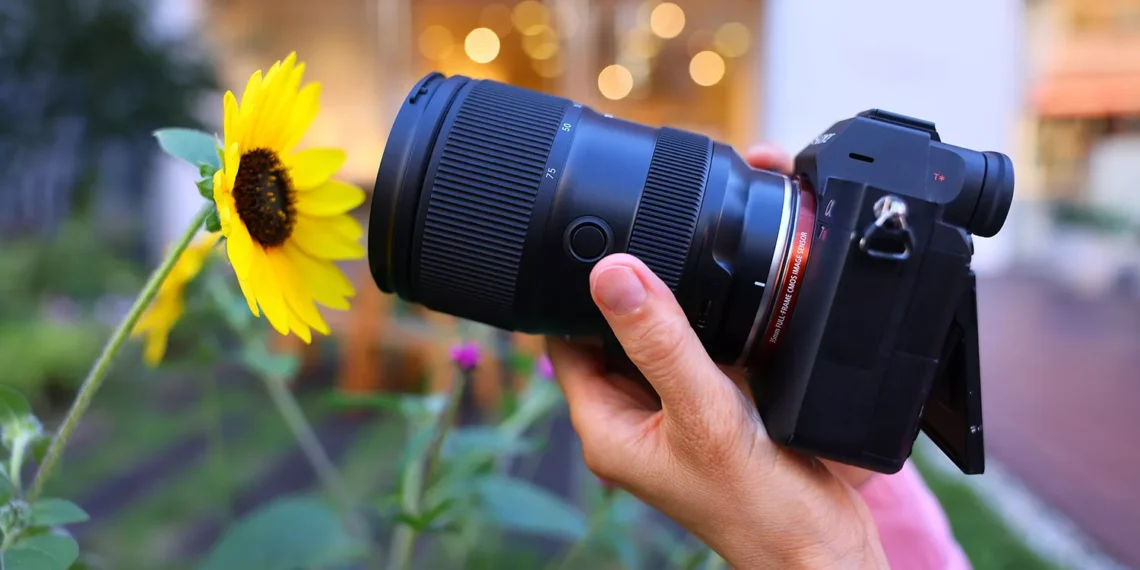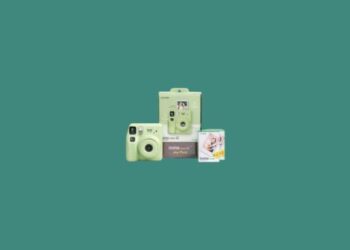Macro photography is a niche genre that involves capturing close-up shots of small subjects, such as flowers, insects, and other tiny creatures. To achieve the best results, a specialized camera with macro capabilities is required. With the rise of digital photography, there are countless options available in the market for macro photography. However, choosing the right one can be challenging. In this article, we will provide a comprehensive guide on everything you need to know before buying a camera for macro photography.
Factors to Consider
Camera Sensor Size
When it comes to macro photography, sensor size is a crucial factor to consider. A larger sensor size will provide better image quality and allow for more significant cropping without losing details. This is because larger sensors capture more light and provide a higher dynamic range, which is essential for capturing the intricate details in macro photography. In general, a full-frame sensor is the ideal option for macro photography. However, if you are on a budget, APS-C and Micro Four Thirds sensors can also provide good results.
Focal Length
Focal length is another critical factor to consider when buying a camera for macro photography. It refers to the distance between the lens and the image sensor when the lens is focused at infinity. A longer focal length provides greater magnification and allows you to capture more details in your subject. For macro photography, a focal length of 100mm to 150mm is recommended. This range provides a good balance between magnification and working distance, making it easier to get the desired shot without disturbing the subject.
Aperture
Aperture is the opening through which light enters the camera. In macro photography, a wide aperture is essential to achieve a shallow depth of field, which is the range of distance in which the subject is in focus. A shallow depth of field creates a blurred background, which isolates the subject and makes it stand out. An aperture of f/2.8 to f/5.6 is ideal for macro photography. However, it is important to note that a wider aperture can also result in a very shallow depth of field, making it challenging to get the subject entirely in focus.

Image Stabilization
Macro photography requires the camera to be stable to capture sharp and detailed images. Image stabilization is a feature that compensates for camera shake, reducing the risk of blurry images. This is particularly important when working with longer focal lengths, where the slightest movement can cause a blur. There are two types of image stabilization, in-body, and in-lens. In-body stabilization is when the camera body compensates for camera shake, while in-lens stabilization is when the lens has built-in stabilization. Both options are effective, but in-lens stabilization is generally considered to be more effective.
Autofocus
Autofocus is a critical feature to consider when buying a camera for macro photography. It allows the camera to automatically focus on the subject, making it easier to capture sharp and detailed images. However, macro photography can be challenging for autofocus systems because of the small and intricate details of the subject. For this reason, it is recommended to use manual focus when shooting macro photography. However, if you prefer to use autofocus, look for a camera with a fast and accurate autofocus system that allows you to switch between autofocus and manual focus quickly.
Flash
Macro photography often requires the use of flash to provide adequate lighting for the subject. A flash can provide a quick burst of light, which is essential for capturing sharp and detailed images. There are two types of flash, built-in and external. Built-in flashes are integrated into the camera body and are suitable for basic macro photography. However, for more advanced macro photography, an external flash is recommended. An external flash provides more power and control over the direction of light, which is essential for achieving the desired lighting conditions. When selecting an external flash, look for one that allows you to adjust the intensity and direction of light.
Macro Lens Options
A macro lens is a specialized lens that is designed for close-up photography. It allows you to capture small details in the subject and provides a high level of magnification. There are two types of macro lenses, prime and zoom. Prime lenses have a fixed focal length and are known for their superior image quality. Zoom lenses provide more versatility as they allow you to zoom in and out to get the desired shot. However, zoom lenses tend to have a lower maximum magnification ratio compared to prime lenses.
Other Considerations
When buying a camera for macro photography, there are other factors to consider, such as the weight and size of the camera, the availability of accessories, and the price. A lightweight and compact camera is ideal for macro photography, as it allows you to move around easily and get the desired shot. Look for a camera that has a variety of accessories available, such as extension tubes and close-up filters, as these can enhance the performance of the camera for macro photography. Finally, consider your budget when selecting a camera for macro photography. There are numerous options available, ranging from entry-level to professional-grade cameras, so choose one that meets your needs and budget.

Conclusion
Macro photography is a fascinating and challenging genre that requires specialized equipment to achieve the best results. When buying a camera for macro photography, consider the camera sensor size, focal length, aperture, image stabilization, autofocus, flash, and macro lens options. Other factors to consider include the weight and size of the camera, the availability of accessories, and the price. With the right camera and equipment, you can capture stunning and intricate images of small subjects and explore the beauty of the miniature world.






